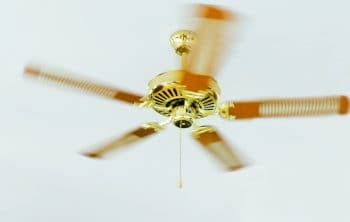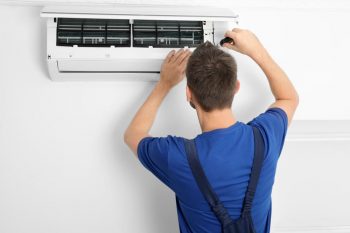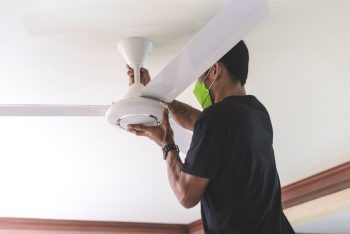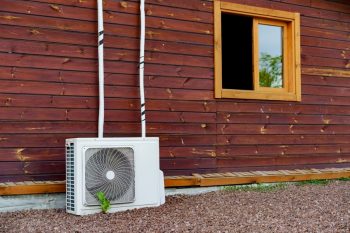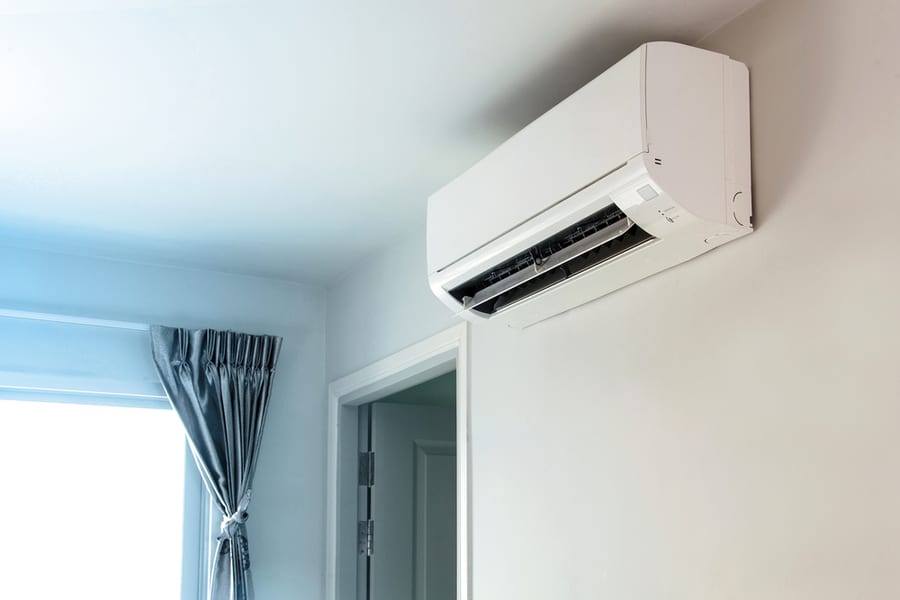
Air conditioners are lifesavers in hot weather but have some unpleasant side effects.
One of these is condensation (sweating) which builds up on the ducts during normal operation. What causes this? Are there any negative consequences? What can you do to stop it?
Duct sweating is caused by one of two things. First, there is either excess humidity coming into the area where your AC is housed, or the built-in ventilation of the unit isn’t working.
You can stop the condensation by addressing the root cause.
Some common fixes include:
- Maintaining filters, fans, and ducts according to manufacturer instructions.
- Inspecting pipes and water lines for leaking (and fixing them quickly).
- Using a dehumidifier to reduce humidity in your home.
- Improving the ventilation of the room where the AC unit is located.
To explain why condensation happens around your AC and how to stop it keep reading. I’ll also cover the potential risks of excess condensation.
What Causes Condensation on AC Ducts?
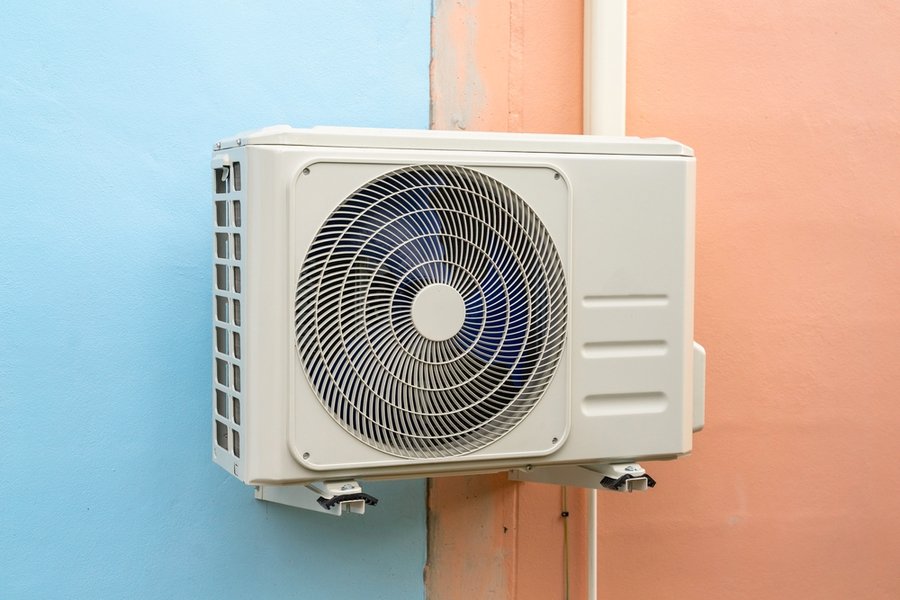
Condensation in and around the AC unit results from the cooling process. Air contains moisture in the form of humidity, and hotter air can hold more moisture. When the air is cooled, it can no longer hold that much moisture and is ejected onto surrounding surfaces.
Causes of Condensation on AC Ducts
While some condensation is normal, much condensation indicates that the AC unit (or the room it is in) needs servicing.
1. The AC Is in Need of Maintenance
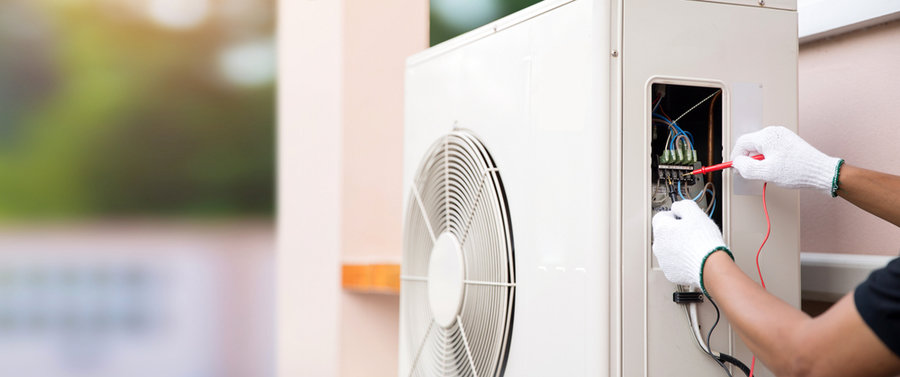
Over time, the built-in ventilation of the AC becomes less effective. When that happens, you will see more condensation in the ducts.
Clogged Ducts
Dust and dirt can build up in the ducts over time, allowing less air to pass through. This damages the ability of the unit to ventilate itself and can lead to a build-up of condensation.
Leaking Components
A leak in one of the hoses of the AC unit can lead to liquid in the area around the AC. This can be mistaken for condensation. Therefore, all tubes should be inspected for damage or leaking.
A Broken Fan
The fans in the AC unit push air rapidly through the unit and prevent condensation. If a fan is broken, it will not do this job effectively and should be replaced.
2. The Environment Is Unsuitable for the Unit
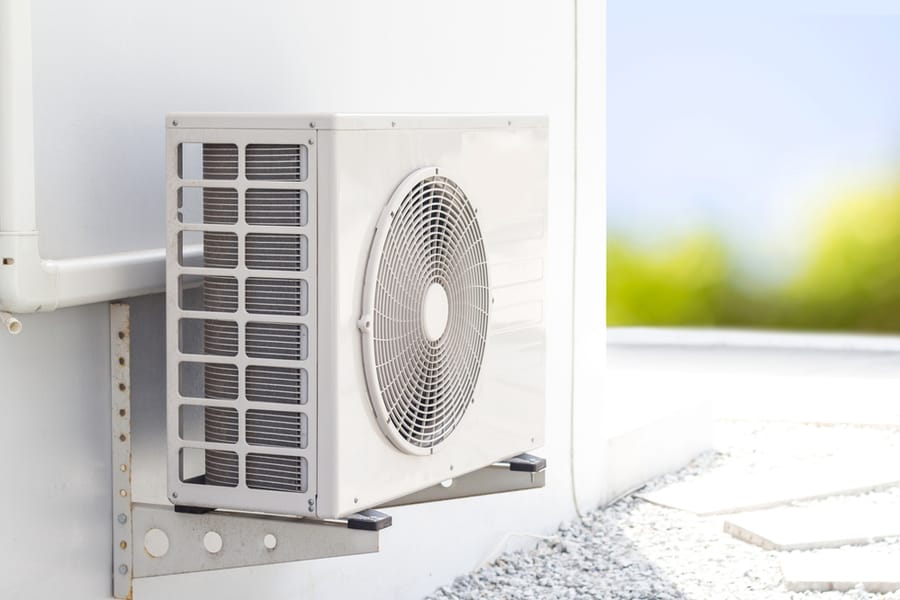
Sometimes an AC unit continues to experience condensation after you clean it and repair it. This is because there is a problem with how your home handles ventilation.
Poor Ventilation
If your AC unit is in a room with little to no insulation, this will raise the humidity level while the AC operates. To prevent such a drastic rise in humidity, ensure the unit is well-ventilated.
Insufficient Insulation
Insulation not only reduces heat transfer between your home and the outside, but it also controls the transfer of moisture. Some insulations are more effective at blocking moisture than others.
If you suspect the insulation is to blame for the condensation, consider replacing the insulation (especially in the attic and the room where the AC sits) with something more moisture-resistant.
Excessive Humidity in Your Home
This often results from a home that’s gotten too hot or too open to the outside. In addition, long periods with doors and windows open in humid climates, recent leaks, and home flooding contribute to factors.
The Risks of Excess Condensation
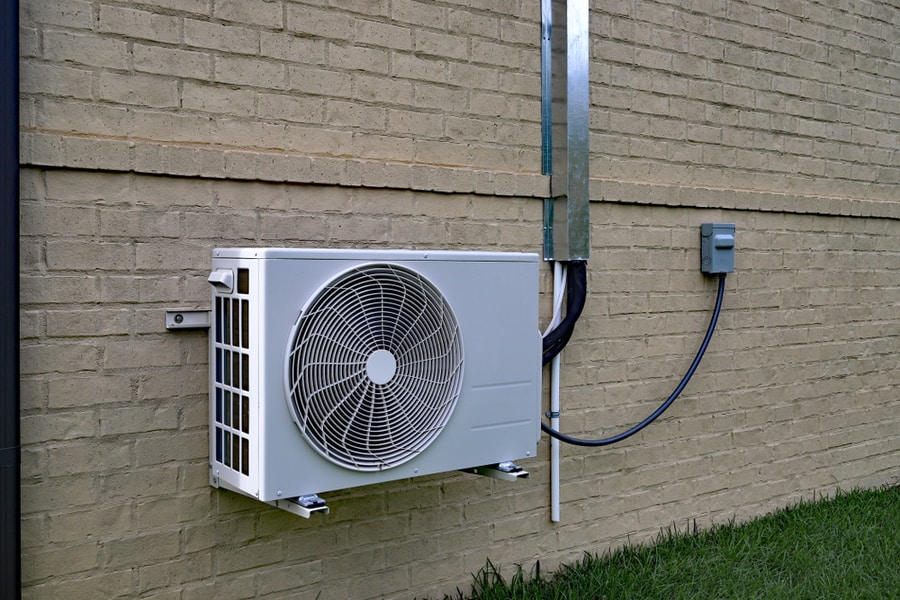
While the formation of condensation when air is cooled is a natural process, you still want to limit the moisture in and around your AC. The unit is not designed to be constantly wet, and, likely, the surrounding room isn’t either.
Some of the results of excess condensation include:
- Long-term dampness results in mold growth.
- Rotting of your home’s structure.
- Shorts or similar problems in your AC.
How To Prevent Excess Condensation
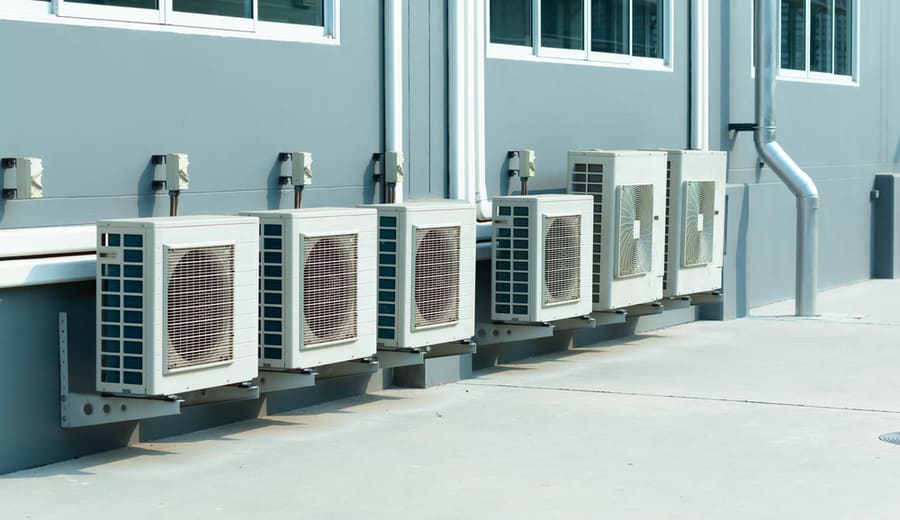
Eliminating condensation on your AC ducts doesn’t have to be a hassle. There are several fixes you can do to improve the situation.
Here is a list from least to most expensive:
- Only air rooms during the coldest part of the day, when the air has the lowest humidity.
- Have an HVAC professional service the unit annually to prevent leaks and clogs.
- Improve ventilation in the AC room by replacing the door with a slatted model.
- Check your pipes for leaks frequently (by examining the water meter) and fix them promptly.
- Use dehumidifiers to keep humidity levels down in your home (especially if there’s recently been flooding).
- Replace the insulation in your home with something less prone to moisture transfer.
Takeaway
Condensation in the AC ducts, also known as sweating, can lead to damage in your home. This excessive moisture is caused by the cooling process and builds up when the unit isn’t receiving appropriate ventilation.
The most common causes are dirty fans, filters, or clogged ducts. However, you might also have a leak causing high humidity in your home.
In rarer cases, the house is poorly insulated or ventilated, allowing moisture to get trapped inside.
To prevent condensation, perform routine maintenance on your AC unit, and fix any leaks quickly. You should also ensure the room where the AC is located is ventilated with high-quality insulation.
Frequently Asked Questions
Is Condensation on Air Vents Normal?
Condensation on air vents is the result of a normal, natural process. When the air gets colder, it sheds some humidity through condensation.
As long as the vent isn’t dripping wet regularly, a small amount of condensation is not a cause for concern.
Is a Dehumidifier an Effective Fix for Duct Sweating?
Yes, a dehumidifier can eliminate duct sweating. However, I would be concerned that this is covering up an important reason for the excess humidity.
Leaks in your pipes or a poorly maintained AC unit shouldn’t be ignored using a dehumidifier, although most other causes can be safely circumvented.


